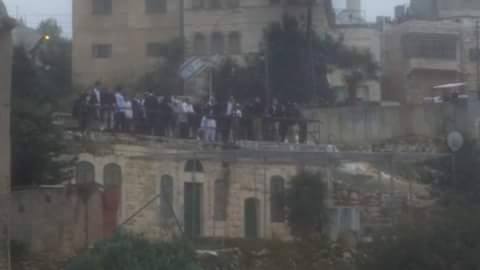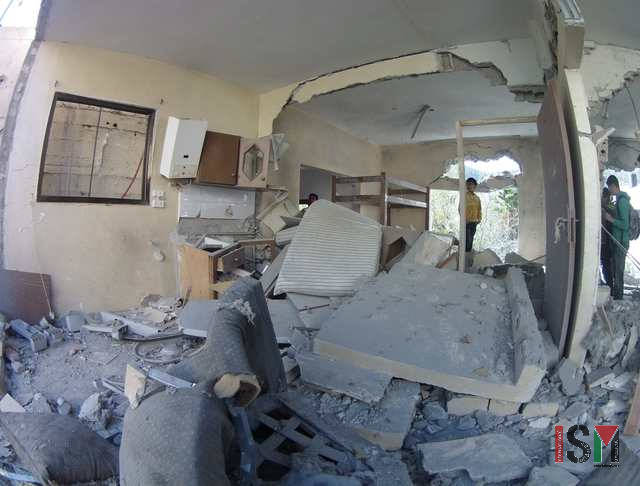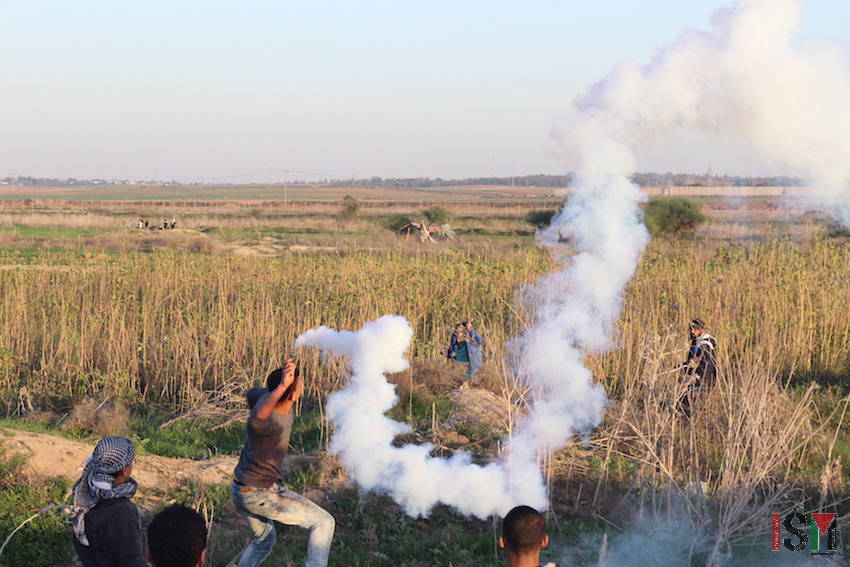-
“When soldiers see a camera they come to you like a beast”
16th November 2015 | International Solidarity Movement, Al-Khalil team | Hebron, occupied Palestine Since the beginning of October Israeli soldier- and settler violence has increased sharply and resulted in even further restrictions on Palestinians’ everyday lives in occupied al-Khalil (Hebron). Imad Abu Shamsiyyeh, a volunteer with the Palestinian organization Human Rights Defenders, has been documenting […]
-
Four homes demolished in Israeli collective punishment
14th November 2015 | International Solidarity Movement, Nablus Team | Nablus, occupied Palestine Early Saturday morning, November 14th, four homes belonging to Palestinians accused in the killings of two illegal settlers were demolished. Three of the houses were located in the Nablus area belonging to the families of imprisoned Samir Zahir Kusa, Kerem Lufti Razek and […]
-
Demonstrations in Gaza violently met by Israeli Forces
14th November 2015 | International Solidarity Movement, Gaza Team | Gaza, occupied Palestine In Gaza today, November the 13th, protestors all over Gaza aproached the fence that encloses them in a small strip of land. In the Erez border crossing (Beit Hanoun), Nahel Oz (Shijaia), Karni border crossing, and Bureij and Abassan (Khan Younis) confrontations errupted, leaving at least 18 young […]
Action Alert An Nabi Saleh Apartheid Wall Arrests BDS Bethlehem Bil'in Cast Lead Demonstration Denial of Entry Ethnic Cleansing Farmers Gaza Global Actions Hebron House Demolition International law Israeli Army Jerusalem Live Ammunition Nablus Ni'lin Prisoner Ramallah Rubber-coated steel bullets Settlement Settlers Settler violence Tear-Gas Canister Video



